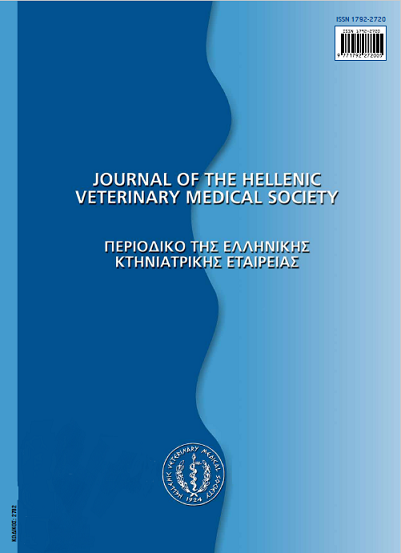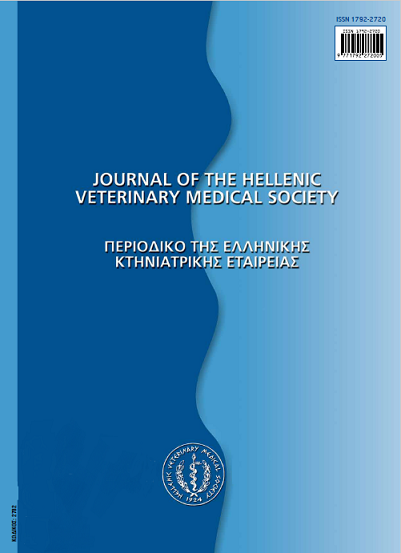Levels of certain biochemical and oxidative stress parameters in cattle with Brucellosis

Abstract
The purpose of the present study was to determine concentrations of some biochemical parameters and oxidative stress levels in cattle with brucellosis. For this purpose, a study group included with 20 cattle with brucellosis and a control group with 10 clinically healthy cattle were used. Blood samples were collected into the tubes (with and without anticoagulant agent) from the Jugular vein of animals in each group. The reduced glutathione (GSH) in whole blood and levels of malondialdehyde (MDA) and nitric oxide (NO) were determined spectrophotometrically. Additionally, aspartate aminotransferase (AST), alanine aminotransferase (ALT), urea, creatinine and iron (Fe) levels in serum samples were colorimetrically determined. Compared with the animals in the control group, it was determined that cattle with brucellosis had significantly (P<0.01) higher levels of AST, ALT, creatinine and NO and lower level of Fe. The increases of MDA and GSH levels were moderate and significantly important (P<0.05) while serum urea manner was not significantly altered. It was determined that significant alterations occurred in various biochemical parameters and antioxidant activity decreased in cattle with brucellosis.
Article Details
- How to Cite
-
BOZUKLUHAN, K., MERHAN, O., CELEBI, O., BUYUK, F., OGUN, M., & GOKCE, G. (2018). Levels of certain biochemical and oxidative stress parameters in cattle with Brucellosis. Journal of the Hellenic Veterinary Medical Society, 68(3), 285–290. https://doi.org/10.12681/jhvms.15470
- Issue
- Vol. 68 No. 3 (2017)
- Section
- Research Articles

This work is licensed under a Creative Commons Attribution-NonCommercial 4.0 International License.
Authors who publish with this journal agree to the following terms:
· Authors retain copyright and grant the journal right of first publication with the work simultaneously licensed under a Creative Commons Attribution Non-Commercial License that allows others to share the work with an acknowledgement of the work's authorship and initial publication in this journal.
· Authors are able to enter into separate, additional contractual arrangements for the non-exclusive distribution of the journal's published version of the work (e.g. post it to an institutional repository or publish it in a book), with an acknowledgement of its initial publication in this journal.
· Authors are permitted and encouraged to post their work online (preferably in institutional repositories or on their website) prior to and during the submission process, as it can lead to productive exchanges, as well as earlier and greater citation of published work.




